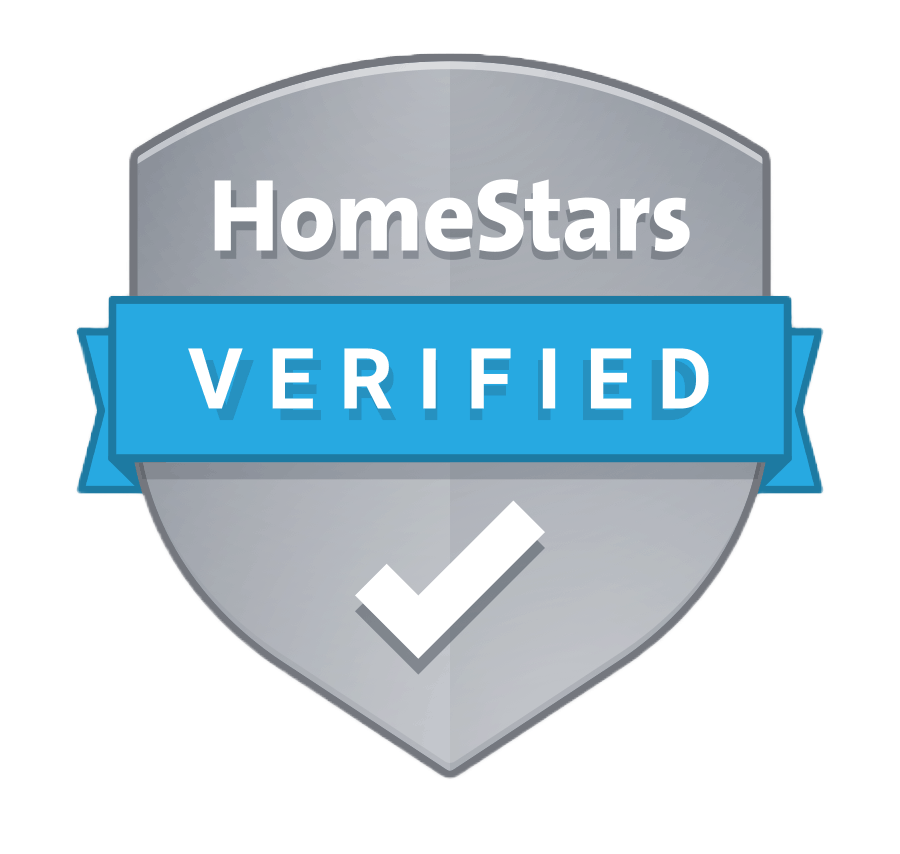
May 27, 2024
Property Management Tips, RYPM Resources
RYPM
Crafting a clear and comprehensive tenancy agreement is a crucial step toward a healthy and transparent landlord-tenant relationship. At Royal York Property Management, we understand the intricacies and are here to guide you in moving forward with this very important part of property management. Royal York Property Management combines great service and expertise to satisfy the needs of landlords, investors, and tenants across the country, making it one of the major property management companies in Ontario.
We deal with a vast portfolio of more than 22,000 properties worth over $10.1 billion and grow trust in the real estate area daily. In this guide, we go over key steps and best practices for Canadian landlords on how to make a tenancy agreement transparent and effective. Let's get started!
 What is a tenancy agreement?
What is a tenancy agreement?
A tenancy agreement is normally an agreement between the landlord and the tenant. It stipulates the terms and conditions under which the property in question is to be let out. This will be a very important document that forms the basis for mutual responsibility and for safeguarding both parties. Tenancy agreements may be fixed-term, whereby the agreement ceases upon the end of the period specified, or periodic, whereby the agreement runs month-to-month after the end of the fixed term. Oral agreements are legally binding, but a written agreement is necessary to avoid misapprehension and possible disputes.
What are the key components of a tenancy agreement?
Some of the key elements to include in the tenancy agreement to ensure it is clear and thus enforceable include:
1. Names and Contact Information: Include the full names of both the landlord and tenant and their contact details. This will ensure that the parties are well identified.
2. Property Description: Describe the rental property, including the address and any specific details of the unit or home for which the deposit applies.
3. Term of Tenancy: Clearly state the start and end dates for fixed-term agreements or the notice period for periodic tenancies.
4. Rent Details: State the rent payable, due dates, and acceptable modes of payment. Additional late fees or penalties for failure to pay rent may also be included.
5. Security Deposit: Clearly state the amount of the security deposit, under what conditions it will be repaid, and any legal requirements regarding the handling of the security deposit.
6. Utilities and Other Charges: Clearly state the utilities covered by the rent and the ones that the tenant is responsible for.
7. Maintenance and Repairs: State the responsibilities of the landlord and the tenant in regard to maintenance and repairs, thus avoiding disputes over who is responsible for what.
8. Rules and Regulations: Include specific rules that cover pets, smoking, noise, and other issues concerning the property.
9. Signatures: The agreement should be signed by both the landlord and the tenant, stating the date it was signed.
Get the most out of this full guide, directly from the RTA, on how to create a standard lease for rental housing.
Legal Requirements and Compliance
Compliance with the legal requirements for tenancy agreements of a prescribed class specific to your province or territory is very important. In Ontario, these are regulated under the Residential Tenancies Act (RTA), whereas others are under other provinces' acts. Staying in tune with the latest legal changes as of 2024 ensures that your agreements are enforceable and will protect your interests.
Use Standardized Forms and Templates for Written Tenancy Agreements
If the tenancy commenced after 1989, a landlord is required by law to provide the tenant with a written tenancy agreement. This states critical information regarding the rent payable, rent due dates, and the duration of tenancy.
Most tenancy boards in the provinces have standard forms and templates that make your agreements complete and in accordance with the legal requirements. In 2024, landlords must use the Ontario Standard Lease—the government-mandated template for most residential tenancies—to cover the necessary terms and conditions, ensuring consistency and clarity. These forms can be used as a reliable framework, which you can then customize to your specific needs. These tools help to avoid oversight and make sure everything is documented. Customizing the Agreement to Meet Specific Needs
Customizing the Agreement to Meet Specific Needs
While one can easily use the standard forms as a good starting point, you might want to modify your tenancy agreement to fit specific needs or circumstances. For example, if you allow pets, then a pet policy can be stipulated in detail. If you allow subletting under certain conditions, then outline those conditions clearly. The reason custom clauses are added is to make sure that your agreement fits the unique features of your property and the circumstances of your rental.
Including Dispute Resolution Clauses
It includes provisions in the contract that help in the management of disputes without needing to go through the courts. Available options include mediation or arbitration, structured ways of resolving disagreements.
In addition, regarding the issue of evicting tenants, landlords may only evict tenants for valid reasons such as non-payment of rent, illegal activities, or substantial interference with the landlord's reasonable enjoyment of the property. The eviction process includes written notice, application to the Landlord and Tenant Board, and, if necessary, court enforcement. That is why such procedures, stipulated in the agreement, will save time and money and help to sustain a positive landlord-tenant relationship.
Best Practices for Drafting and Reviewing Agreements
While preparing the tenancy agreement, much clarity is called for. Use simple language to do away with the legal jargon. Before finalizing the agreement, review it in detail with the tenant to make him/her understand all the terms and conditions. It is also advisable to get the document checked by a legal expert to bring out any discrepancies and confirm whether the law is being complied with or not.
Ensuring Tenants Understand the Agreement
Lest misunderstandings arise in the process, explain the salient provisions of the tenancy agreement to your tenants. Answer their questions and explain the copy before asking them to sign. Ensuring that tenants understand their obligations and rights helps them have a good, cooperative, and respectful relationship.
Storing and Managing Signed Agreements
Store the tenancy agreements that have been signed properly; both physical and digital copies need to be stored in a location that is safe but can be accessed easily. Organized records are necessary for both legal compliance and for resolving future disputes or questions that may arise.
The creation of a clear and comprehensive tenancy agreement is one of the fundamental processes of managing property. Understanding the key components, customizing the agreement to your needs, and ensuring it does not break any laws are all necessary in setting up positive and transparent landlord-tenant relationships.
Whether you are investing in or managing rental properties in Ontario, Royal York Property Management is always ready to assist you. Our services include tenant placement, property management, and rental guarantees—all designed for your peace of mind and assured property management. We have experts on legal issues who can help you make clear, legally sound tenancy agreements and enhance your experience in property management. For more information on Royal York Property Management and our services, visit: royalyorkpropertymanagement.ca
Recent Posts

How are demographic shifts affecting rentals in Grimsby?
June 28, 2024

What are the most popular rental features in Newcastle?
June 28, 2024











